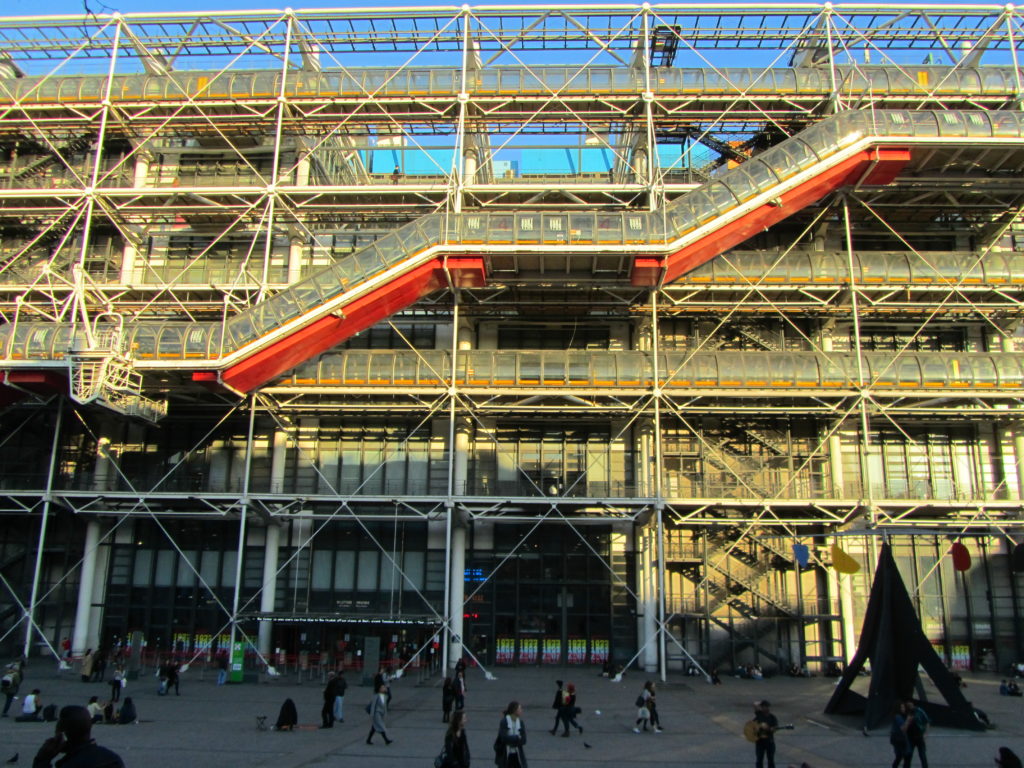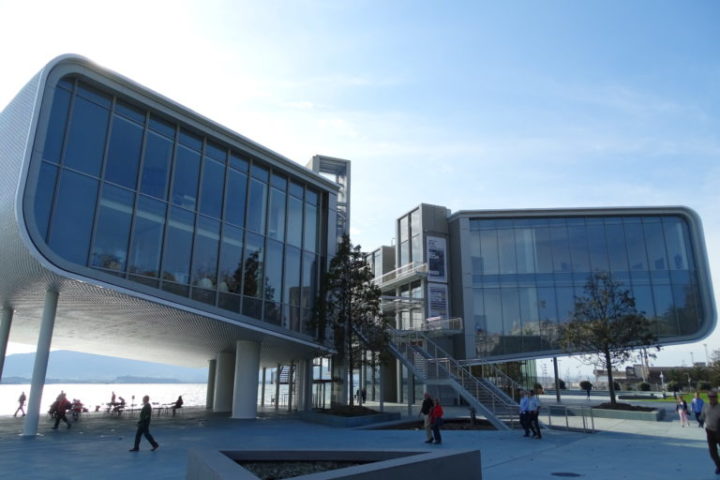
Luis Walias Rivera
Postdoctoral researcher, Universidad de Cantabria, Spain
Museums have no borders,
they have a network
March 4, 2020
Keywords: museum; marketing; urban design; culture; society
Postmodern museums and art centres – especially those that enjoy international recognition – are connected to the urban and sociocultural restoration of the areas that house them. This reality is associated with a strategic marketing process that is being successfully extrapolated to the museum world. Appropriate marketing management has a positive impact on museum audiences, the institution itself and its collections. It can also enhance urban development by revitalising rundown areas.
Architecture as a marketing tool
From the 1930s onwards, thanks to the modernist movement’s pioneers – Auguste Perret, Le Corbusier or Ludwig Mies van der Rohe – the architecture of Western museums attracted widespread attention with their captivating designs and their creators’ signatures. Years later, after the opening of the Solomon R. Guggenheim Museum (1959), audiences became more receptive to the museum’s structure than its content, transforming architectural seduction into a fundamental principle of strategic museum marketing. While the Guggenheim’s architecture generated new and increased numbers of visitors, these results also enhanced the institution’s image. Thus, an impressive building coupled with a recognisable museum brand drew the best results.
This process of giving architecture a commercial function was the brainchild of Frank Lloyd Wright through the Solomon R. Guggenheim Museum, but there was a precedent to this: the Museum of Modern Art in New York (1939), the work of Philip Goodwin and Edward Durell, inadvertently developed a competitive and differentiating effect thanks to its use of a simple and linear aesthetic. Nevertheless, Wright’s creation was built to captivate. The building set off a chain reaction, lighting up a beacon that drew myriad visitors, architects and managers interested in the development of this novel tactic.
Architecture as a driver for urban regeneration
Urban transformation and regeneration emerged some decades later, with the contribution of Renzo Piano and Richard Rogers. These postmodern architects exploited Frank Lloyd Wright’s subtle marketing concepts when designing the Pompidou Centre (1977), which was located in a rundown neighbourhood in Paris. The response from the public and residents was immediate, revitalising the area thanks to an enriching symbiosis between local residents and the museum, and, in the process, giving birth to the so-called Beaubourg-Effect. This two-way process transformed the area into a fashionable space, revitalising the residents’ interests in art in general, through the collections displayed within the Centre. The resulting symbiosis was perfect. Both the Pompidou building and the surrounding district attracted unprecedented attention.

The urban and sociocultural metamorphosis resulting from this French experiment have also been evident in the Bilbao-Effect generated by the Guggenheim Museum Bilbao (1997). This irresistible building, designed by Frank Gehry, managed to combine both urban and architectural tactics, and, in doing so, revitalised an entire city.
Clearly, marketing strategies based on attractive architecture give way to a series of revitalising processes that have a positive impact on urban design and on residents of many Western cities. The museum’s brand image, embodied in the allure of its architecture, draws all kinds of visitors, as well as goods and services, to the institution and its setting, making the overall space more attractive. Rundown areas can evolve to become both cultural districts and strategically evocative resources. This leads new audiences to the area and in turn impacts the museum’s image.
An extended strategy
At Universidad de Cantabria in Spain, the aforementioned processes are being analysed from the point of view of museum management and marketing. Through the project The Effective Management of Strategic Marketing of Museums and their Influence on Cultural Districts I am studying similar effects in other cities, for instance the Tate Modern and Southwark District; the Los Angeles County Museum of Art (LACMA) and its Miracle Mile; the Cité du Vin in Bordeaux, in the Bacalan District; or Centro Botín as a benchmark of a future “Museum Mile” in the city of Santander.
Opinions expressed in the article do not commit ICOM in any way and are the responsibility of its author.
To participate in our newest ICOM Voices call for contributions, click here.
